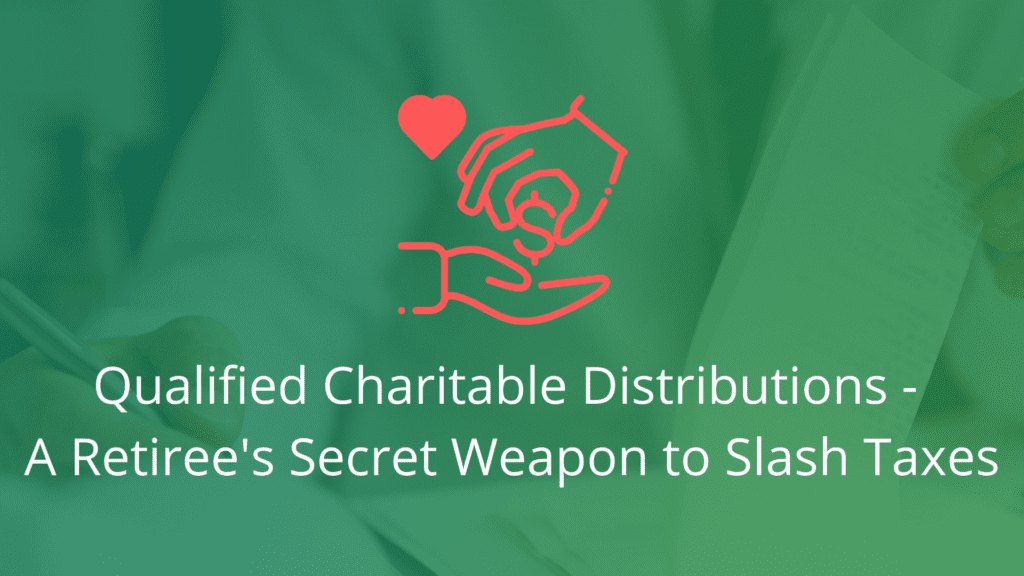 Once you have reached retirement, started Social Security and Required Minimum Distributions from IRAs, your options for tax savings tend to be fairly limited. Retirees may face the Social Security tax bubble, IRMAA thresholds, and are unlikely to itemize deductions on their tax returns.
Once you have reached retirement, started Social Security and Required Minimum Distributions from IRAs, your options for tax savings tend to be fairly limited. Retirees may face the Social Security tax bubble, IRMAA thresholds, and are unlikely to itemize deductions on their tax returns.
For charitably inclined retirees, a QCD is a strategy that really shines to reduce your lifetime tax liability while supporting your favorite causes. A Qualified Charitable Distribution is a direct transfer from your IRA to a qualified charity. It is not treated as a regular withdrawal from your IRA and is not included in a taxpayer’s adjusted gross income. A QCD can provide a bigger benefit than using itemized deductions which only lower your taxable income. These distributions can also count towards a taxpayer’s required minimum distribution if they are over the age of 72 and taking funds from the IRA can also help lower future required minimum distributions amounts.
Effective use of this provision has the potential to save you up to $37,000 annually in federal taxes. However, there are some very specific requirements that must be met:
- You must be 70.5 to begin making qualified charitable distributions
- Donations must be made directly to a qualified 501c3 charitable organization
- Donor Advised Funds, Private Foundations, and political contributions do not qualify
- The maximum amount that can qualify as a QCD annually is $100k. If you are married filing jointly, however, you and your spouse can both make QCDs of up to $100k each.
- For the QCD to count toward your annual RMD requirement, you must withdraw the funds by the end of the calendar year, 12/31.
- You must have and use one of the following IRAs:
- Traditional IRA
- Inherited IRA
- Inherited Roth IRA
- SEP IRA
- SIMPLE IRA
- You must no longer receiving any employer contributions to your SEP or SIMPLE IRAs if you plan to use one of those accounts
While the SECURE Act raised the RMD age to 72, qualified charitable distributions are still permitted to begin at age 70.5. This offers taxpayers additional time to reduce balances in tax deferred accounts, in turn reducing future RMD amounts and lifetime tax liability.
How is it done?
To achieve the desired tax benefit, there are a few steps to make sure this is done correctly:
- Communicate with your IRA’s custodian and make the request in writing. For most custodians this will include completing some of their paperwork. During this process specify the dollar amount to be gifted and request that the check be made payable to the charity but mailed to you.
- Once processed and received, forward the check to the charity, and request a receipt. Maintain these records in your tax file.
- Report it on your 1040 form upon filing. You’ll enter the total distribution from your 1099-R about in line 4a and write “QCD” next to line 4b. Enter any part of the distribution that is not a QCD on line 4b. If the entire distribution was for a QCD 4b will be $0.
Talk to your advisor if you have questions about a qualified charitable distribution being the right strategy for your charitable goals.

